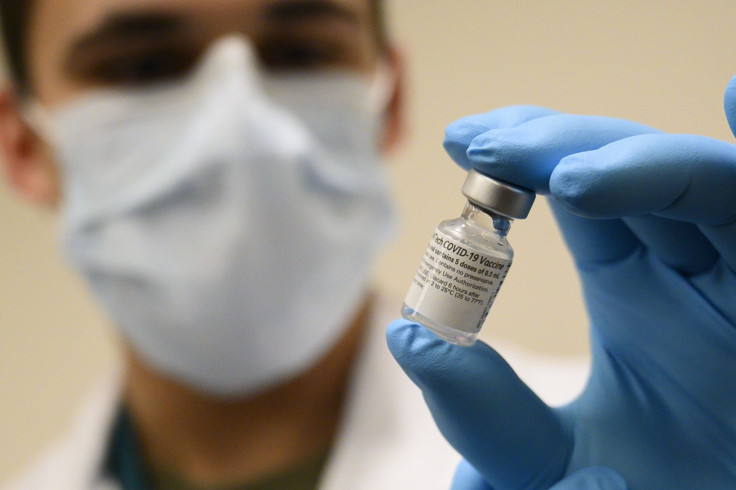Why Women May Benefit From Pfizer COVID Vaccine More Than Men
Women may be better off getting the Pfizer (PFE) COVID vaccine than men as it may provide them more effective and longer protection against the virus, according to a new study.
The study, which was published in the New England Journal of Medicine, looked at antibodies in 4,868 healthcare workers in Israel who had been inoculated with two doses of the Pfizer vaccine from December 2020 to July 2021.
Researchers found that after six months, women 65 and older had a 46% antibody count, which was higher than men of the same age range at 37%.
Researchers in the study said, “We analyzed the association of age, sex, and coexisting conditions with immunogenicity, both at the peak and at 6 months after receipt of the second dose.
“We found that antibody levels in both periods were higher in women than in men and decreased with age, as has been previously shown for the first month after receipt of the second dose.”
However, researchers also discovered that immunity against COVID decreased for both women and men up to 80 days after they had received their second dose of the Pfizer vaccine. The study showed that people aged 18 to 45 had a stronger immunity than individuals over 65 after the second shot.
The study also suggested that the body responded with a stronger response to COVID after two doses of the vaccine compared to just one.
Over 231.5 million doses of the Pfizer vaccine have been administered in the U.S. Over 56.2% of the U.S. population is fully vaccinated against the virus from the Pfizer, Moderna, and Johnson & Johnson COVID shots.
Pfizer also rolled out a booster shot that has been authorized for people who are immunocompromised, 65 and older, long-term care residents or who work in a high-risk setting. It is also seeking authorization of its COVID vaccine for children aged 5 to 11, which is expected to come later in October.
As of Friday premarket hours, shares of Pfizer were trading at $42.84, up 10 cents, or 0.23%.

© Copyright IBTimes 2025. All rights reserved.





















